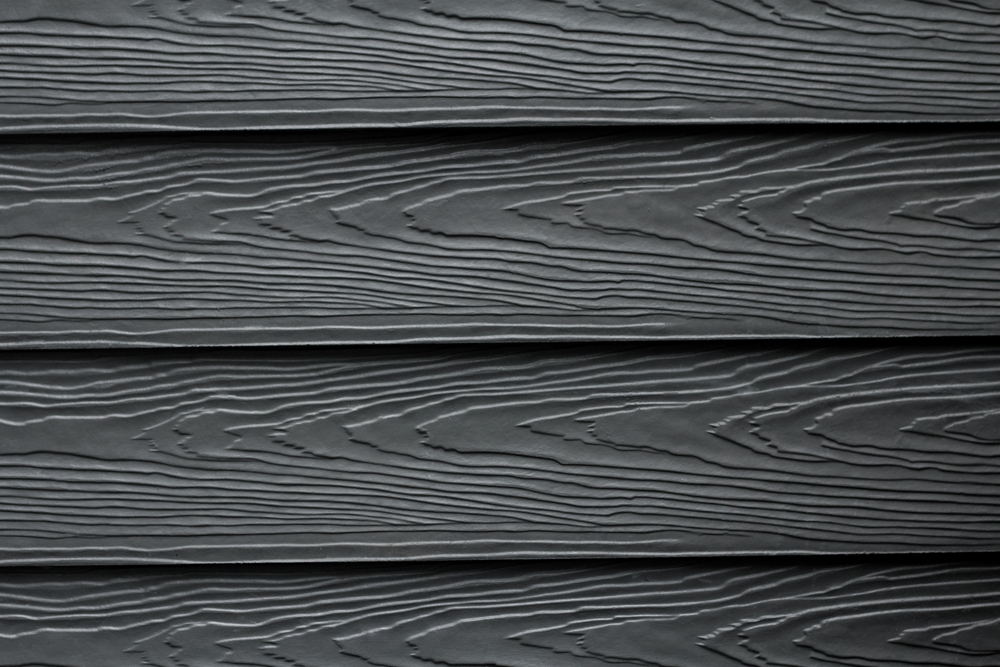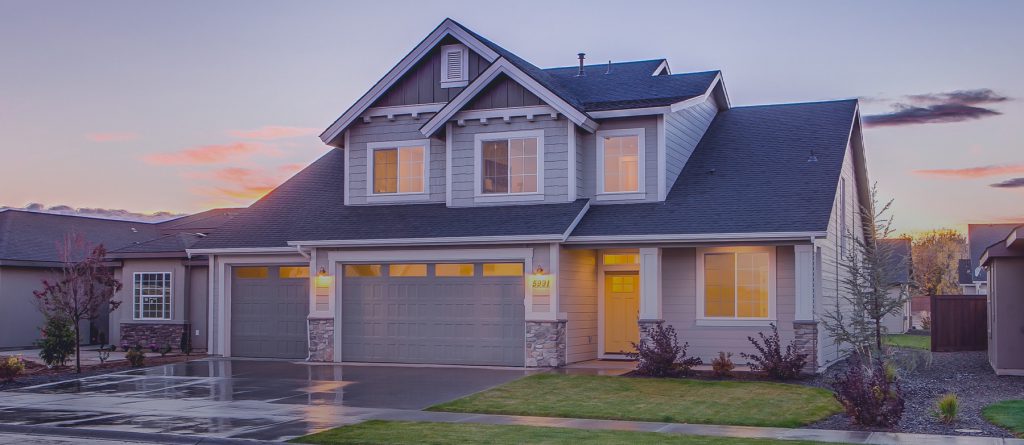No other place experiences all four seasons quite like the northeast. When you build a house in New England, you must consider that it will be exposed to a wide variety of potentially extreme weather conditions. You need to be prepared for harsh and freezing winters, hot and humid summers, and everything in between!
It’s important to keep this in mind when deciding on what kind of siding to use on your house. You want something durable and attractive that can withstand years of abuse by New England’s unpredictable climate. James Hardie’s line of fiber cement siding, also known as Hardiplank or Hardie Board, combines the beauty and durability of traditional natural materials with the low cost and protection of modern vinyl siding.
Fiber cement siding provides the protection you need to face New England’s harshest climates. Read on to see why – and how it compares to other options!
What is Fiber Cement Siding?
Fiber cement is a composite made from mixing water, sand, cellulose fibers, and Portland cement. The result is a sturdy but flexible material that makes for a perfect protective barrier around your home.
That’s because fiber cement siding is extremely resistant to a wide variety of elements. It’s been specially engineered to reduce moisture and rot, and its flexibility helps withstand strong winds and other environmental damage.
Additionally, it comes in a variety of styles that mimic the aesthetics of natural materials at a fraction of the cost. According to a report done by Remodeling Magazine in 2020, the use of fiber cement siding provides the #1 return on investment of any other exterior projects. While other materials such as vinyl or aluminum may be cheaper, they require more work to install and upkeep.
Fiber cement siding is the easiest to take care of out of any alternative siding options. Regular maintenance only involves washing the siding with water every 6 to 12 months and brief inspections of areas that have been sealed with caulk, such as joints or windows, for any damage or gaps.
Fiber cement siding must be painted before or after installation. While James Hardie provides pre-painted options with a 15-year warranty, pieces that have been painted after purchase will likely need to be repainted as the color has faded from exposure to the sun.
Fiber Cement Siding vs Alternatives
Fiber cement siding has been gaining popularity as a stylish and versatile exterior finish. Traditionally, natural materials such as stone, brick, stucco, and wood provided the most attractive and effective protection. However, these materials are costly and time-consuming to work with and require constant cleaning and maintenance to ensure a long lifespan.
Aluminum siding was introduced in the 1940s and quickly became the most popular option for its low price and versatility. However, it is prone to damage; oxidation, dents, and scratches are common, and a fresh coat of paint needs to be applied every 5-10 years. These days, it sees very limited use.
Invented in the 1950s, vinyl siding is just as hardy and versatile as aluminum siding—and much easier to repair and maintain! Vinyl siding is still one of the most common materials in use today. However, the chemical makeup of vinyl is such that it is prone to expanding and contracting when exposed to certain elements, like heat. Even when installed correctly, the potential for the material to warp exists, and its light weight makes it especially susceptible to wind damage.
On the other hand, while fiber cement siding does absorb a little bit of water—it was engineered to withstand a variety of harsh climates and can last upwards of 50 years before needing to be replaced. Unlike vinyl, it is completely flame retardant and will not melt or ignite if exposed to fire.
Additionally, fiber cement is much easier to repair than vinyl, which comes in large sheets that must be completely removed and replaced if damaged. Conversely, you only need to replace individual pieces of fiber cement siding depending on what areas have been damaged.
New England Fiber Cement Installation
A survey of around 250 contractors done by James Hardie found that 91% agree that fiber cement siding increases a home’s appraisal value. Considering fiber cement’s reliability in the harshest of weather conditions, its use in New England should be a no-brainer to any smart homeowner.
Installing siding isn’t easy, though. Fiber cement is a heavy material that can be damaged when mishandled.
Capital Construction has over 15 years of experience installing fiber cement siding on homes around greater Boston and all of New England—and we’re one of the few contractors to have received the prestigious James Hardie Elite Preferred contractor certification.
If you’re looking to revitalize your home and protect it from the elements with the most trusted name in exterior siding, look no further than Capital Construction! Click here to contact us directly for siding services.














